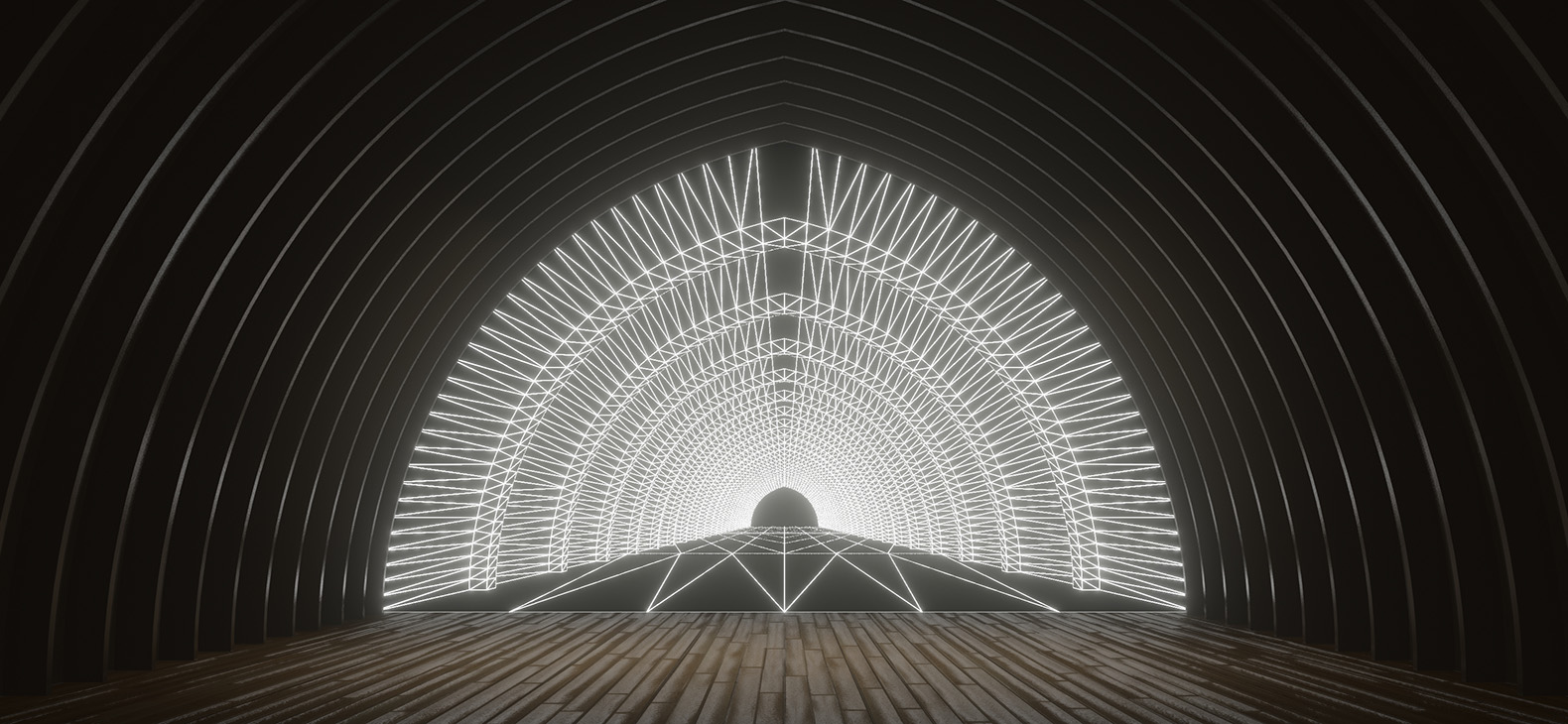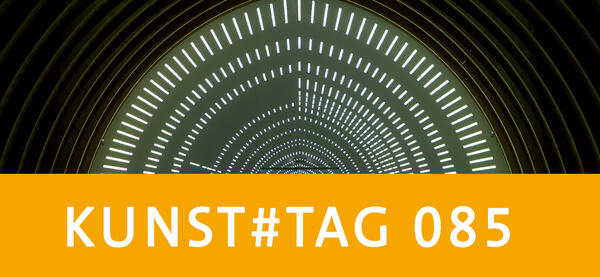Pavel Mrkus: Another Place
30.04.2022 bis 03.07.2022

Dates
30 April ‒ 26 June, 2022: Exhibition
Opening Hours: Tuesday ‒ Saturday 2 ‒ 7 pm, Sunday and holidays 10 am ‒ 7 pm
The exhibition spaces and Café Botanika are wheelchair accessible. The exhibition and accompanying programs are admission free.
29 April, Friday 7 pm: EXHIBITION OPENING
Shuttle service from Freising station: 6.55 pm; return: 8.50 pm
- Greetings: Rainer Schneider, vice president of the District Council
- Introduction: Riccardo Caldura, President of the Academy of Fine Arts in Venice
The opening will take place ON SITE and can be streamed ONLINE afterwards.
14 June, Tuesday 5 pm: meetup+art | Exhibition tour
Guided tour of the exhibition with Alexandra M. Hoffmann
19 June, Sunday 4 pm
19 June, Sunday 7 pm
25 June, Saturday 2 – 5 pm: meetup+art | Visitor service
Alexandra M. Hoffmann is available to visitors to the exhibition individually with explanations and interpretations
Participating in on-site events will be considered consent for inclusion in the video recordings in connection with the exhibition.
About the exhibition Another Place
During the epochal development of computer technology through last decades we have forced ourselves deliberately to split our perception between physical and virtual spaces. The human quests for meeting the supernatural which used to be predominantly driven by religious experiences found their new homes in an easy and joyful transition to the mesmerizing space of computer-generated virtuality. This more and more convincing smooth and immersive vision being produced by an ultimate code of hard zeros and ones / off and on, is at the same time inevitably capable to throw us directly into so familiar ancient symbolics covered by the duality of light and shadows. Thanks to its technical character of produced imagery by display or projection devices this virtual field seems to be just perfect environment for reincarnation of the idea of icon in its meaning as a holy image which emanates bits of deity.
This illusionary yet so powerful extension of our ability to enter such realm of transcendence without any trace of responsibility at the same time also became a kind of necessity nightmare. The virtual space is capable to substitute almost all functions of the real one. But among them one is especially welcomed: escape from reality. We learned to program our machines to construct nearly exact copies of our physical worlds, where we can get trapped in game, parallel entity, or just entertaining. We created parallel worlds to dwell in but also to search for something more than we could have in our natural surroundings. Such constructions are based on the logic of perspective and 3D XYZ coordinates invented by renaissance painters, so they suggest us an idea of space with three familiar dimensions. Whether it is a true representation of the physical space or isn’t is not important here, it is more a clue for us to perceive a feeling of known experience, and to guide us through a vast without borders. On the other hand, with the virtual 3D technology, we gained the ability to visualise concepts of another spaces, concepts that could possibly liberate us from the rigid geometry based in cartesian thinking. Perhaps we may still have a chance to use the technology as a means of transport us back to better understanding of our real world.
The architecture of the gallery is extended through its linear perspective reconstruction into infinity provided by 3D modelling. The perception of the physical borders is then dissolved in a virtual structure of an ideal continuum. At the same time, we can notice that this new artificial area does not always obey the laws of our usual experience. It starts to suggest its own rules, providing us with a different possibility to think the nature of the space, or even multiple spaces based on different logic. Then it reminds us of such concepts which have been extensively researched in contemporary physics science with variety theories including The String Field Theory, Parallel Worlds, Tenth Dimension, or the ongoing search for the Theory of Everything also called as The Gods Quote, the ultimate explanation.
The work Another Place follows up an installation project Another Time developed for Gallery of Modern Art in Roudnice nad Labem in Czech Republic in 2016.
About the artist Pavel Mrkus
Pavel Mrkus is an audiovisual artist. He graduated from the Glass Studio in Academy of Arts, Architecture and Design in Prague. His interest in Religious Studies together with experience of four years teaching position at Toyama City Institute of Glass Art in Japan (2000–2004) lead him to unique mixture of cultural paradigms within his work.
In his works Mrkus since 1999 uses predominantly technologies and digital tools. The imagery and sound in his audiovisual projects often relates to a specific space. Starting points of his works are often based in polarities of what we call real or physical and virtual environments. The light, time and alternatives to their perception became the main mediums of his artistic researches. This is where we can also track his experience with east-asian culture and spiritual traditions.
After showing at 50th Venice Biennial in 2003 he participated in many group and solo shows around world. He was awarded a Personality of the Year 2012 for his solo exhibition Next Planet in The Brno House of Arts. Together with visual artist Daniel Hanzlik they established and conduct the Time-Based Media studio at Faculty of Art and Design at J. E. Purkyne University in Usti nad Labem. Since 2015 he works as the dean of the faculty.
Öffnungszeiten
Ausstellungen
Sommer (März-Okt)
Di - Sa 14-19 Uhr
So + Feiertage 10-19 Uhr
Winter (Nov-Feb)
Di - Sa 14-18 Uhr
So + Feiertage 10-18 Uhr
... weiterlesen

Flyer über den Skulpturengarten im Außenbereich des Kunstforums
Zum Herunterladen: PDF 10 MB
Jahresthema
In jedem Jahr werden mehrere Ausstellungen durch ein Thema in einen Kontext gestellt. Verschiedene Perspektiven auf ein Thema erleichtern den Zugang und steigern Verstehen und Spaß beim Erleben von Kunst.
2024: Stories



![Music [in the] Museum - Auxig Music [in the] Museum - Auxig](/media/custom/2615_1300_2_m.JPG?1655387243)